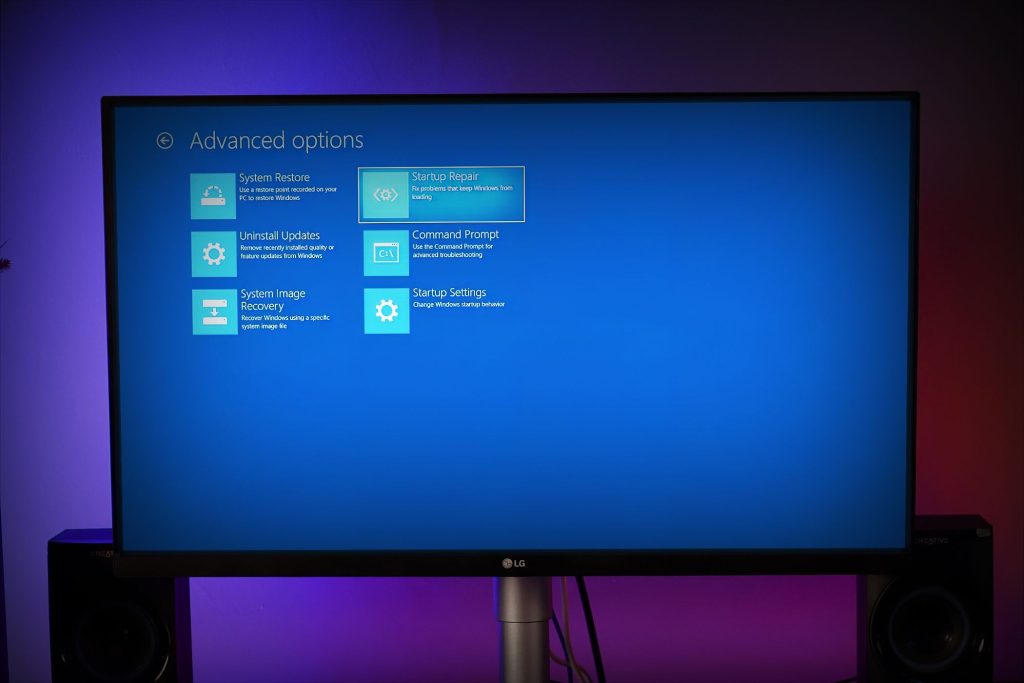Dealing with annoying Windows errors can be incredibly frustrating, especially when they disrupt your workflow and productivity. The good news is that many of these errors are manageable with a bit of troubleshooting and preventive measures. Here are some steps you can take to address common Windows errors effectively. First, ensure your operating system is up to date. Microsoft regularly releases updates that not only introduce new features but also fix bugs and security vulnerabilities. To check for updates, go to Settings > Update & Security > Windows Update, and click on Check for updates. Keeping your system updated can significantly reduce the occurrence of errors. Next, if you are facing persistent errors related to specific applications, consider reinstalling the problematic software. Sometimes, installation files can become corrupted, leading to functionality issues. Uninstall the application through Settings > Apps, then download the latest version from the official website and install it anew.
 This process often resolves compatibility problems that may arise from outdated or damaged files. Another effective strategy is to run the built-in Windows Troubleshooter. This tool can diagnose and fix various issues automatically. To access it, go to Settings > Update & Security > Troubleshoot. From there, select the specific troubleshooter that corresponds to your problem, such as Internet Connections for network issues or how to Windows guides Store Apps for application errors. Running these troubleshooters can save you time and effort by resolving common problems without the need for extensive manual intervention. If you encounter blue screen errors, often referred to as the Blue Screen of Death BSOD, it is essential to note any error codes displayed. These codes can guide you to specific solutions. You can search for these codes online or use Microsoft’s official support page for detailed explanations and fixes.
This process often resolves compatibility problems that may arise from outdated or damaged files. Another effective strategy is to run the built-in Windows Troubleshooter. This tool can diagnose and fix various issues automatically. To access it, go to Settings > Update & Security > Troubleshoot. From there, select the specific troubleshooter that corresponds to your problem, such as Internet Connections for network issues or how to Windows guides Store Apps for application errors. Running these troubleshooters can save you time and effort by resolving common problems without the need for extensive manual intervention. If you encounter blue screen errors, often referred to as the Blue Screen of Death BSOD, it is essential to note any error codes displayed. These codes can guide you to specific solutions. You can search for these codes online or use Microsoft’s official support page for detailed explanations and fixes.
Additionally, checking your hardware components, such as RAM and hard drives, can help identify any failing parts that might be causing the crashes. Tools like Windows Memory Diagnostic can assist in checking RAM issues, while third-party software can scan your hard drives for errors. Maintaining your system’s health is equally important. Regularly running Disk Cleanup and Disk Defragmenter can optimize your hard drive’s performance. To access Disk Cleanup, search for it in the Start menu, select the drive you want to clean, and follow the prompts to remove unnecessary files. For defragmentation, search for Defragment and Optimize Drives in the Start menu and run the tool to enhance your hard drive’s efficiency. Lastly, consider creating a system restore point. This safety net allows you to revert your system to a previous state before errors occurred. To create a restore point, search for Create a restore point in the Start menu, select your system drive, and click on Create. This practice can save you from extensive troubleshooting in the future.
